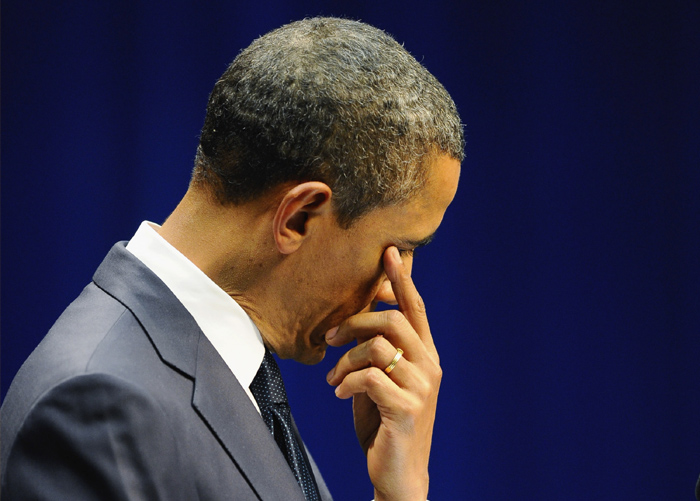
Bring on the waterworks: Do tear-filled speeches humanize or weaken public figures?
Real men don’t cry. This age-old refrain may not apply to public leaders anymore.
During a recent gun control speech, the leader of the free world wiped a tear from his cheek as he publicly recalled the heartbreaking mass shooting at Sandy Hook Elementary School.
While supporters praised Obama for his heartfelt plea to end gun violence, his skeptics were quick to deem the speech “bad political theater.” Salty Twitter users suggested Obama win an Oscar for his fake tears. And a Fox News host even accused him of keeping an onion at the podium.
Regardless of their authenticity, the tears got noticed. Within a few hours, a Washington Post columnist commended the president for bringing a much-needed emotional side to politics. And news outlets have been covering the humanizing moment ever since.
But tears haven’t always worked out favorably for national leaders.
Consider former House Speaker John Boehner, whose public crying has made him an Internet celebrity. Boehner’s tears star in their very own Politico photo gallery, and there’s no shortage of social media memes at his expense.
It all comes down to striking the proper balance between strength and genuine sentiment. Public relations professionals should never cue sniveling. Rather, they should rely on a carefully crafted speech with context-appropriate delivery.
Good speechwriters lay out a rhetorical road map for the audience from the get-go, and provide transition cues along the way. They play with words and connotations to evoke the right emotion at the right time.
Following these tips will help make a public speech — whether tearful or not — seem both authentic and natural.


